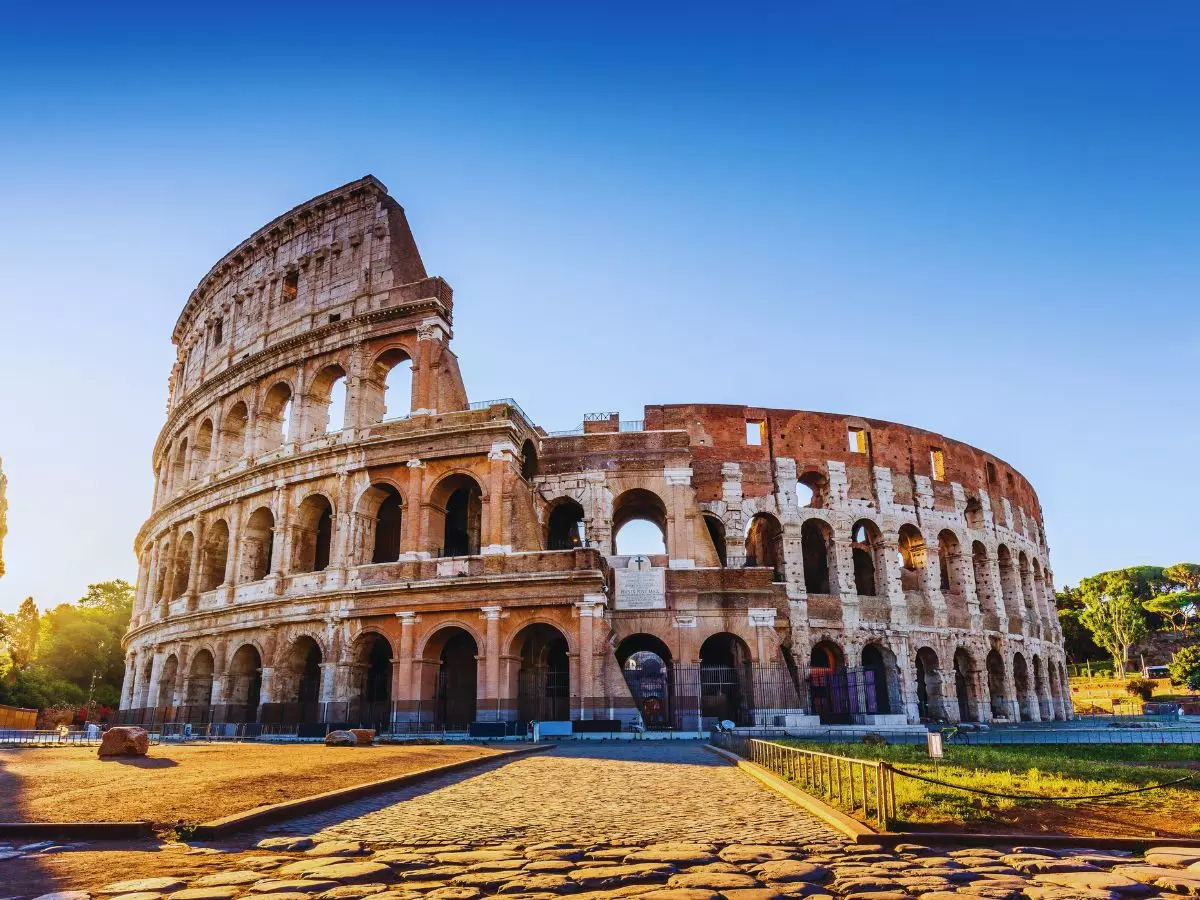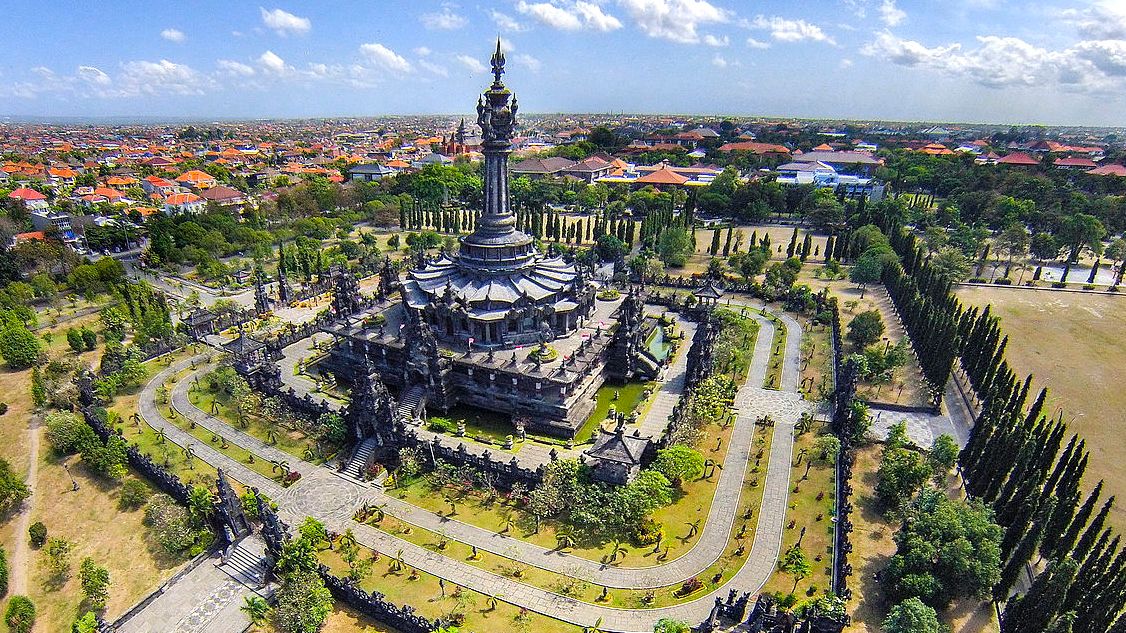There’s no city quite like Rome. Step into the heart of Italy and you’ll find a living museum, where ancient ruins sit next to Renaissance fountains, and modern-day Italians walk the same cobbled streets once used by emperors, gladiators, and poets. From iconic landmarks to lesser-known gems, Rome is a storybook of human history just waiting to be read.
The Eternal City: Why Rome Still Captivates the World
Rome isn’t just Italy’s capital—it’s the capital of history itself. Once the core of the Roman Empire, this city shaped politics, art, architecture, and religion across the world. The phrase “All roads lead to Rome” wasn’t just a metaphor—it was once a reality. Even today, that rich legacy continues to attract millions of visitors every year.
Walking through the city, you’ll sense how centuries layer upon each other. One moment you’re gazing up at the Colosseum’s towering arches, the next you’re sipping espresso outside a 17th-century palazzo. That blend of past and present is what makes Rome feel so magical.
The Colosseum: Echoes of Gladiators and Ancient Drama
No visit to Rome is complete without stepping inside the Colosseum. Built around 80 AD, this massive amphitheater once held over 50,000 spectators. It was the ultimate stage for gladiator battles, animal hunts, and even mock naval fights.
Today, visitors can walk through its stone corridors, stand on reconstructed arena floors, and look down into the underground chambers where wild animals and warriors once waited their turn. It’s not hard to imagine the roar of the crowd echoing off the stone walls.
Roman Forum and Palatine Hill: Birthplace of an Empire
Just beside the Colosseum lies the Roman Forum, a sprawling collection of ruins that once formed the political, religious, and social center of ancient Rome. From Senate meetings to public speeches by Julius Caesar, this place was where history was made.
A short walk up Palatine Hill offers stunning views over the Forum and the city beyond. According to legend, this is where Romulus founded Rome in 753 BC. Whether or not that tale is true, the archaeological remains here—palaces, temples, and ancient homes—tell their own powerful stories.
The Pantheon: Engineering Wonder Turned Icon
Another marvel from Rome’s imperial past is the Pantheon. Originally built as a temple to all Roman gods, it now serves as a Catholic church and resting place for notable figures like artist Raphael and King Victor Emmanuel II.
The most impressive feature? Its massive dome, which remains the world’s largest unreinforced concrete dome even 2,000 years after it was built. Stand beneath the oculus—the circular opening at the top—and watch natural light filter in just as it did centuries ago.
Trevi Fountain: A Baroque Gem with a Splash of Magic
Though not as ancient as some Roman monuments, the Trevi Fountain has become one of the city’s most beloved sights. Completed in 1762, it’s a masterclass in Baroque art and design. Oceanus, the sea god, stands tall in the center, flanked by mythical sea creatures and cascading water.
But it’s not just about the beauty—tradition says that tossing a coin over your left shoulder into the fountain ensures your return to Rome. Every year, nearly 3,000 euros are collected daily from the fountain and donated to charity.
The Vatican: A Country Within the City
Tucked inside Rome is the Vatican City, the smallest country in the world but home to immense religious and artistic significance. St. Peter’s Basilica, one of the largest churches on Earth, towers over the square. Climb to the top of its dome for a panoramic view of Rome that’s truly unforgettable.
And then there’s the Vatican Museums, a labyrinth of art and history ending in the breathtaking Sistine Chapel. Michelangelo’s ceiling masterpiece is reason enough to visit—but don’t rush past the other galleries filled with classical sculptures, Renaissance tapestries, and ancient maps.
Trastevere and the Streets Less Traveled
Rome’s charm isn’t limited to its famous landmarks. Wander into the neighborhood of Trastevere, and you’ll find narrow alleyways lined with colorful houses, ivy-covered walls, and the hum of local life. It’s the perfect place to enjoy authentic Roman food, sip wine under the stars, or catch a street performance in a lively piazza.
Hidden churches, like Santa Maria in Trastevere, offer peaceful escapes and centuries of religious art that often get overlooked by hurried tourists.
Piazza Navona and Campo de’ Fiori: Rome’s Public Life Unfolds
Rome’s public squares aren’t just beautiful—they’re buzzing hubs of local culture. Piazza Navona, with its elegant fountains and baroque architecture, was once a Roman stadium. Today, it’s filled with artists, musicians, and gelato stands.
Just a few minutes away is Campo de’ Fiori, which hosts a morning market full of spices, fresh produce, and souvenirs. By night, it transforms into a lively spot for food and drinks.
Eat Like a Roman: A Culinary Heritage Worth Savoring
Roman cuisine is simple, hearty, and deeply satisfying. Don’t miss dishes like carbonara, cacio e pepe, or saltimbocca. Street food like supplì (fried rice balls) and porchetta sandwiches are perfect when you’re on the move.
End your meals with an espresso or a creamy scoop of gelato from one of the city’s famous gelaterias. Rome may be a feast for the eyes, but it’s just as much a feast for the taste buds.
Rome Is History You Can Walk Through
In Rome, history isn’t behind glass—it’s under your feet, around every corner, and alive in everyday life. It’s a place where the past isn’t forgotten, but rather embraced and celebrated. Whether it’s your first visit or your fifth, Rome has a way of showing you something new every time.








